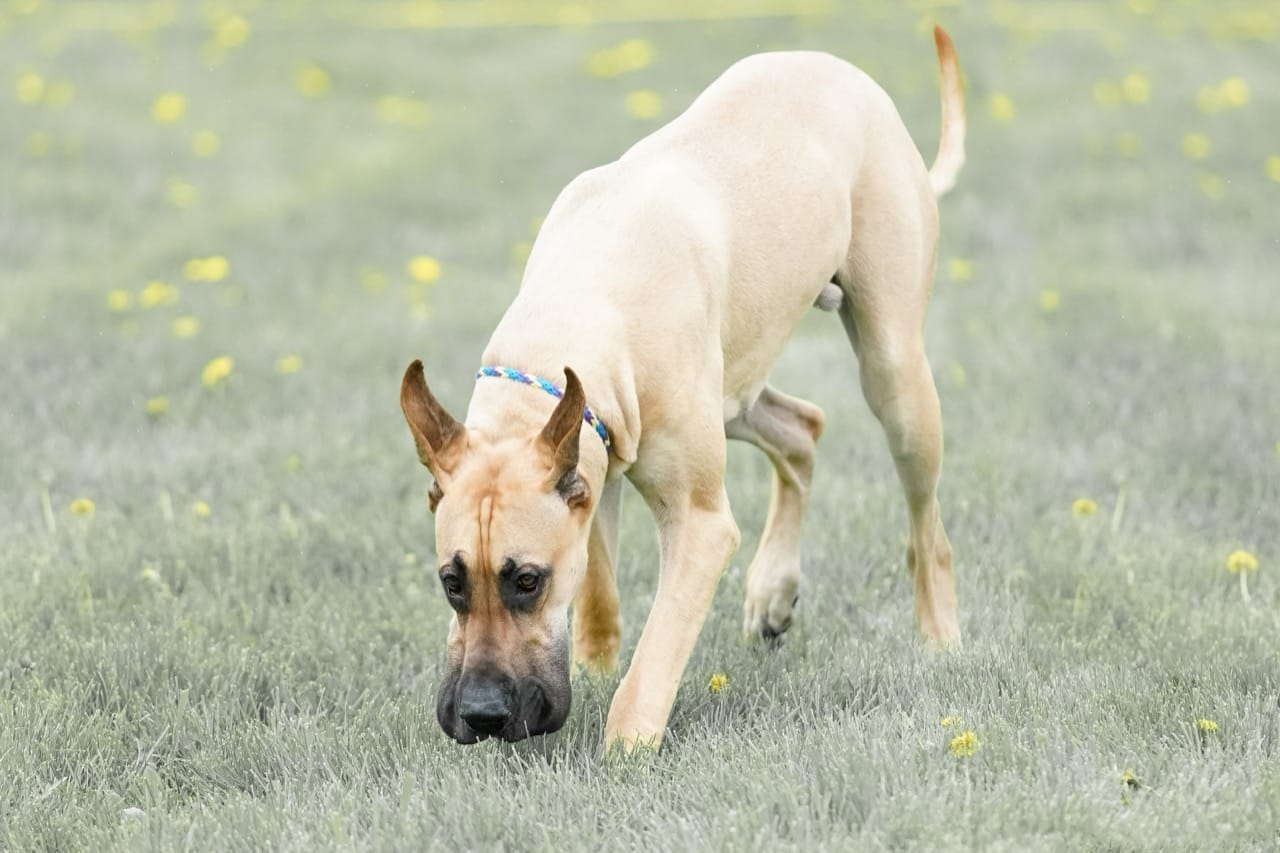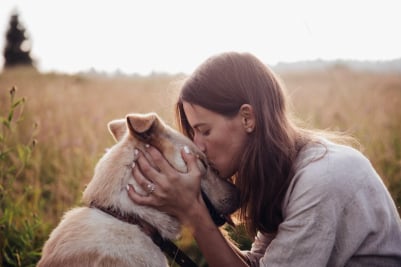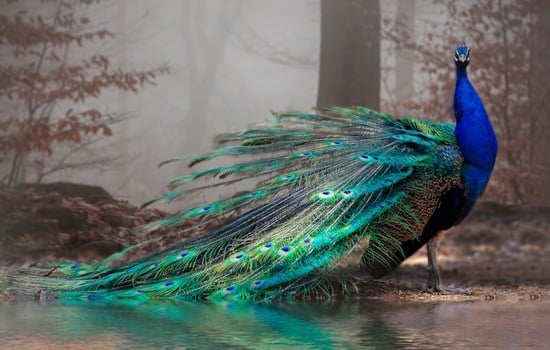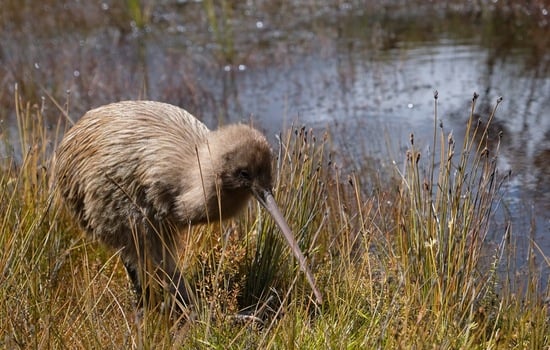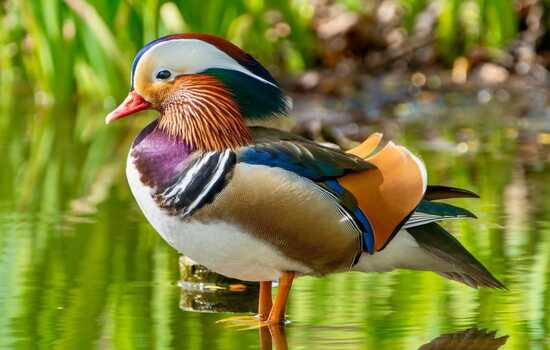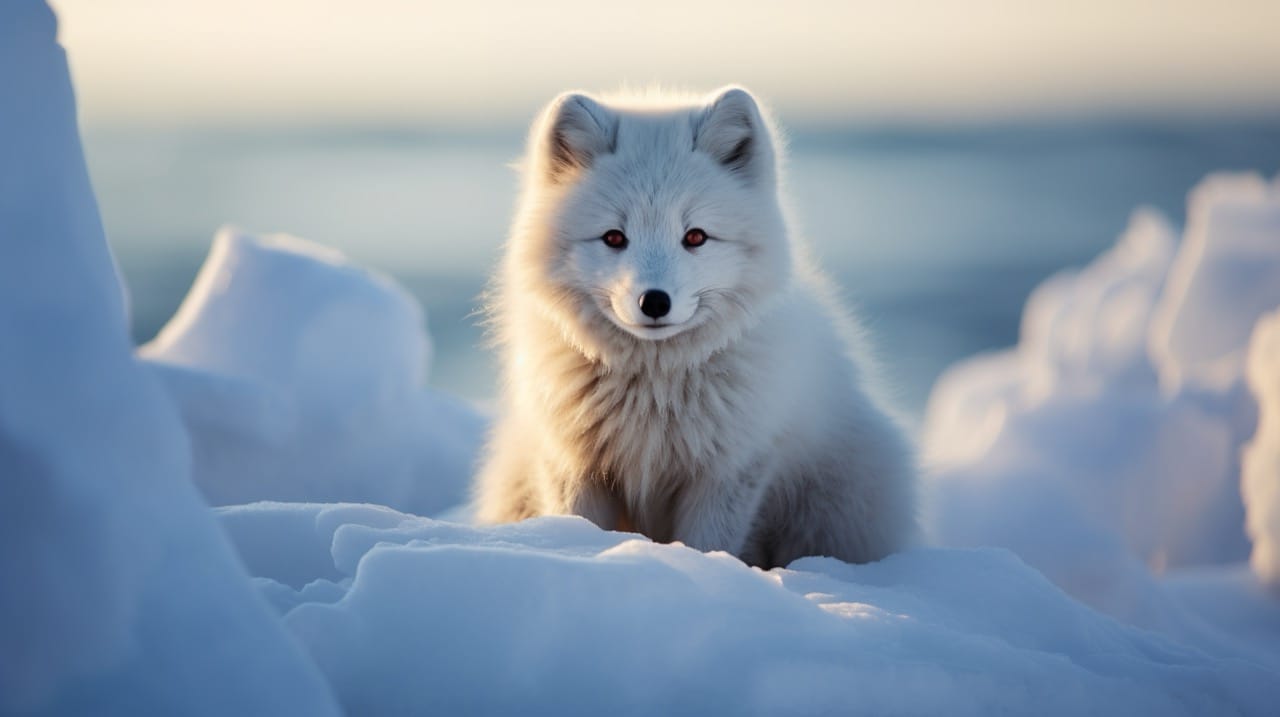
When one thinks of the Arctic, a desolate, icy landscape often comes to mind, with temperatures plunging far below zero and the ground blanketed in a perpetual layer of snow. Yet, this harsh environment is home to one of nature’s most intriguing and resilient species: the Arctic Fox (Vulpes lagopus). Known for its stunning white winter coat that camouflages it against the snow, the Arctic Fox is a creature of adaptability and endurance.
This article takes you on a fascinating voyage into the world of the Arctic Fox, exploring its origins, physical characteristics, habitat, and much more. It’s a journey into the life of an animal that exemplifies survival against the odds. And to kick things off on a lighter note, here’s an intriguing piece of trivia: did you know that the Arctic Fox’s fur changes color with the seasons? That’s right – from a snowy white in winter to a brown or gray in summer, this incredible animal adapts its coat to blend with its surroundings year-round.
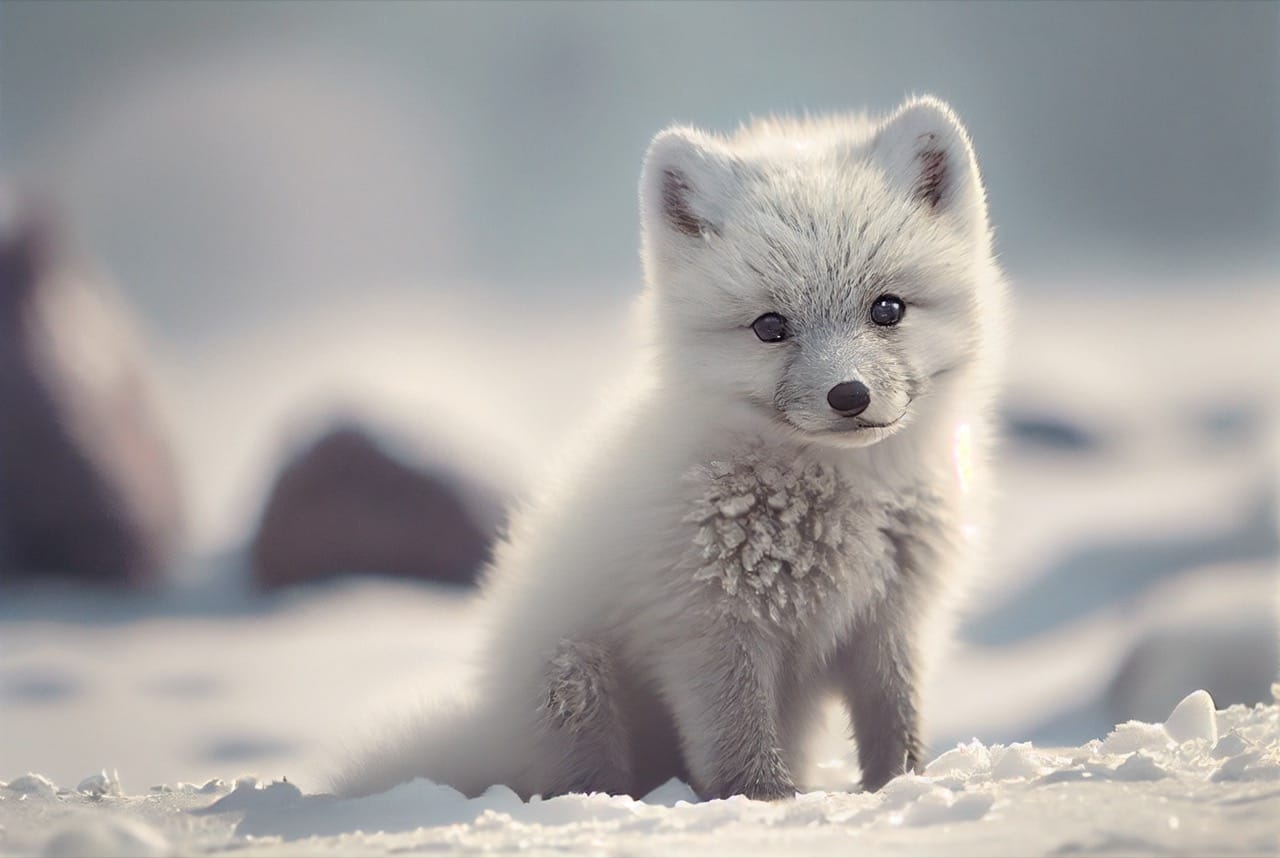
Origins and Evolution
The Arctic Fox, belonging to the Canidae family, has a lineage that traces back millions of years in the Arctic region, having evolved to thrive in one of Earth’s most extreme environments. This small, yet hardy mammal, boasts features finely tuned for cold weather survival, which scientists believe to be the result of years of adaptation and evolution.
The evolutionary journey of the Arctic Fox has equipped it with unique attributes to navigate its icy habitat. Its round, compact body shape minimizes the exposure of skin to the frigid air, while its short muzzle, ears, and legs further reduce heat loss. Such physical adaptations demonstrate the Arctic Fox’s evolutionary path to mastering life in the cold.
Physical Characteristics
Admired for its aesthetic appeal, the Arctic Fox weighs between 2.5 to 9 kg (5.5–20 lbs) and measures up to 60 cm (23.6 in) in length, not including its bushy tail, which can be an additional 30 cm (11.8 in). The thick fur that covers it from nose to tail tip is not just a beauty to behold but serves a critical role in insulation, keeping the fox warm in temperatures as low as -50°C (-58°F).
The most fascinating feature of the Arctic Fox is, undeniably, its coat. The fur undergoes a dramatic transformation from pure white in the winter to brown or gray in the summer, providing the fox with year-round camouflage against predators and facilitating its hunting strategy by blending into the landscape.
Habitat and Lifestyle
The Arctic Fox's habitat spans the icy wilderness of the Arctic tundra, including parts of North America, Europe, Asia, and Greenland. This adaptable species makes its home by burrowing into the ground, constructing extensive tunnel systems that provide shelter from the cold and storage for food.
Despite the challenging conditions, the Arctic Fox leads an active life, demonstrating remarkable resilience. Its diet varies with the seasons; in the winter, it preys on rodents, birds, and fish, and in times of scarcity, it turns to scavenging the leftovers of larger predators. Summer offers abundance in the form of berries, insects, and small mammals, showcasing the fox's adaptability in its feeding habits.
Behavior and Social Structure
Arctic Foxes exhibit both solitary and pack behaviors, depending on the season and the availability of food. During the breeding season, they display a high degree of sociality, with pairs forming strong bonds and working together to raise their young in the protective confines of their dens.
The fox’s communication is primarily through vocalizations, body language, and scent markings. These social interactions play a crucial role in establishing territory, mating, and parental roles within the family unit, illustrating the complex social structure that underlies the Arctic Fox’s behavior.
Lifespan and Reproduction
In the wild, Arctic Foxes have a relatively short lifespan, typically living up to 3 to 4 years, though in captivity, they can live to be 14 years old. They reach sexual maturity at around 10 months, with the breeding season commencing in early spring. The female can give birth to a litter of up to 14 pups, although the average number is five. Raising such a large family in the harsh Arctic environment is no small feat, and it requires tremendous effort from both parents.
The care exhibited by Arctic Fox parents is a testament to their resilience and dedication. They not only provide food and protection but also teach their offspring the vital skills needed for survival in the Arctic wilderness.
Natural Predators and Survival Strategies
Despite its cunning and adaptability, the Arctic Fox faces threats from natural predators, including polar bears, wolves, and golden eagles. However, its most formidable adversary is climate change, which threatens to alter its icy habitat and the availability of food sources.
To survive, the Arctic Fox has developed several strategies, from its changing fur color for camouflage to its opportunistic feeding habits. Furthermore, the fox’s ability to travel long distances in search of food exemplifies its adaptability and will to survive even in the face of changing ecological conditions.
Preservation and the Future
As climate change continues to impact the Arctic region, the future of the Arctic Fox hangs in the balance. Conservation efforts are increasingly important in preserving the habitat and natural prey of this remarkable creature. Awareness and action are key to ensuring that the Arctic Fox continues to roam the icy wilderness for generations to come.
A Final Fascination
As our journey into the life of the Arctic Fox concludes, it’s clear that this remarkable animal is a master of survival, adaptation, and resilience. From its stunning coat to its complex social behaviors, the Arctic Fox is a captivating subject of study and a symbol of the wild beauty of the Arctic.
As we reflect on the Arctic Fox’s role in the Arctic ecosystem, let’s carry forward a sense of responsibility towards preserving this incredible animal and its habitat. The Arctic Fox, with its cunning and beauty, remains a testament to nature’s ability to adapt and thrive, even in the harshest of environments.


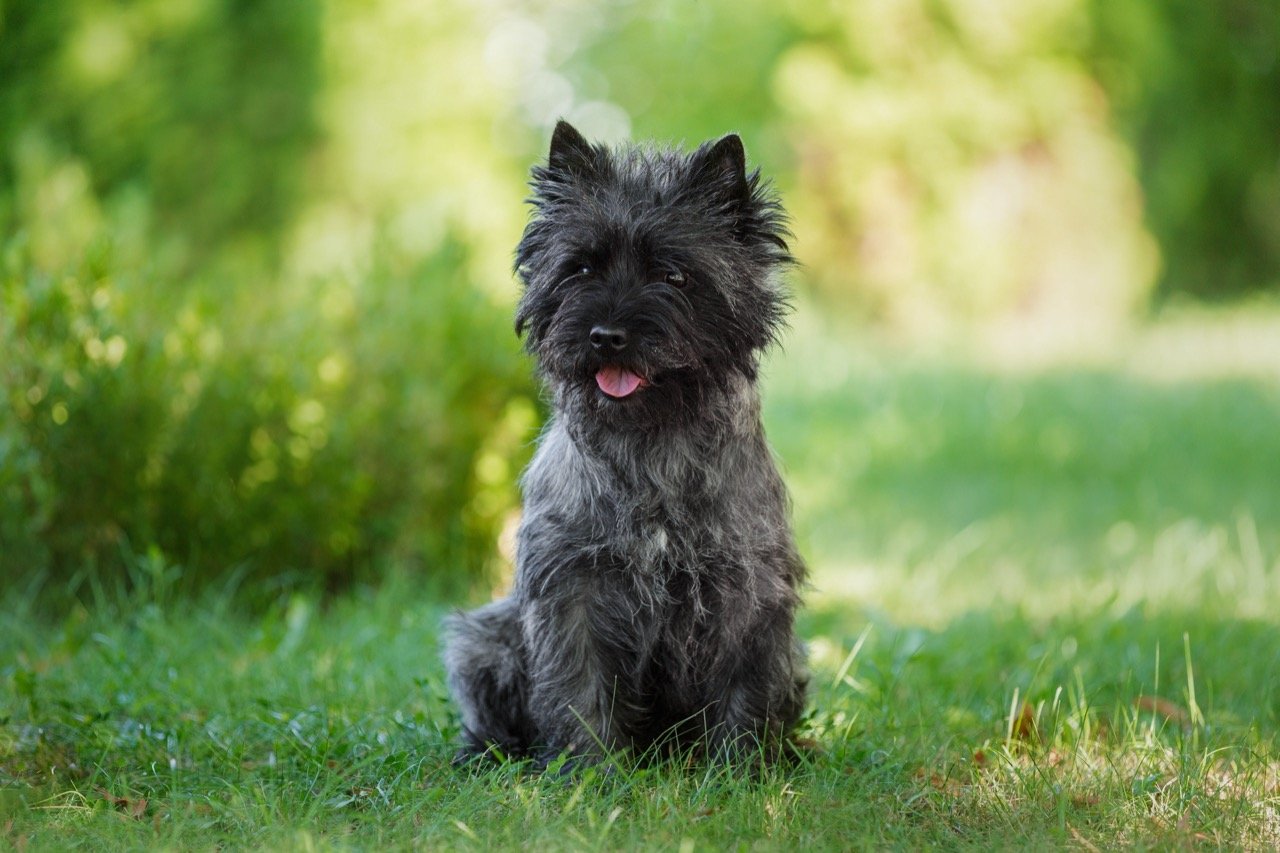

.jpeg)
